Q&A: LSU Archival Researcher gives expert advice on protecting family treasures ahead of hurricane season
June 28, 2022
BATON ROUGE- When preparing for what could be a busy hurricane season LSU Archival Expert Ed Benoit warns planning ahead is critical. When responding to a natural disaster gathering precious items and documents can be low on the priority list when life is at stake. These are the ways Benoit recommends you should store and preserve irreplaceable items and documents ahead of the possibility of storm damage.
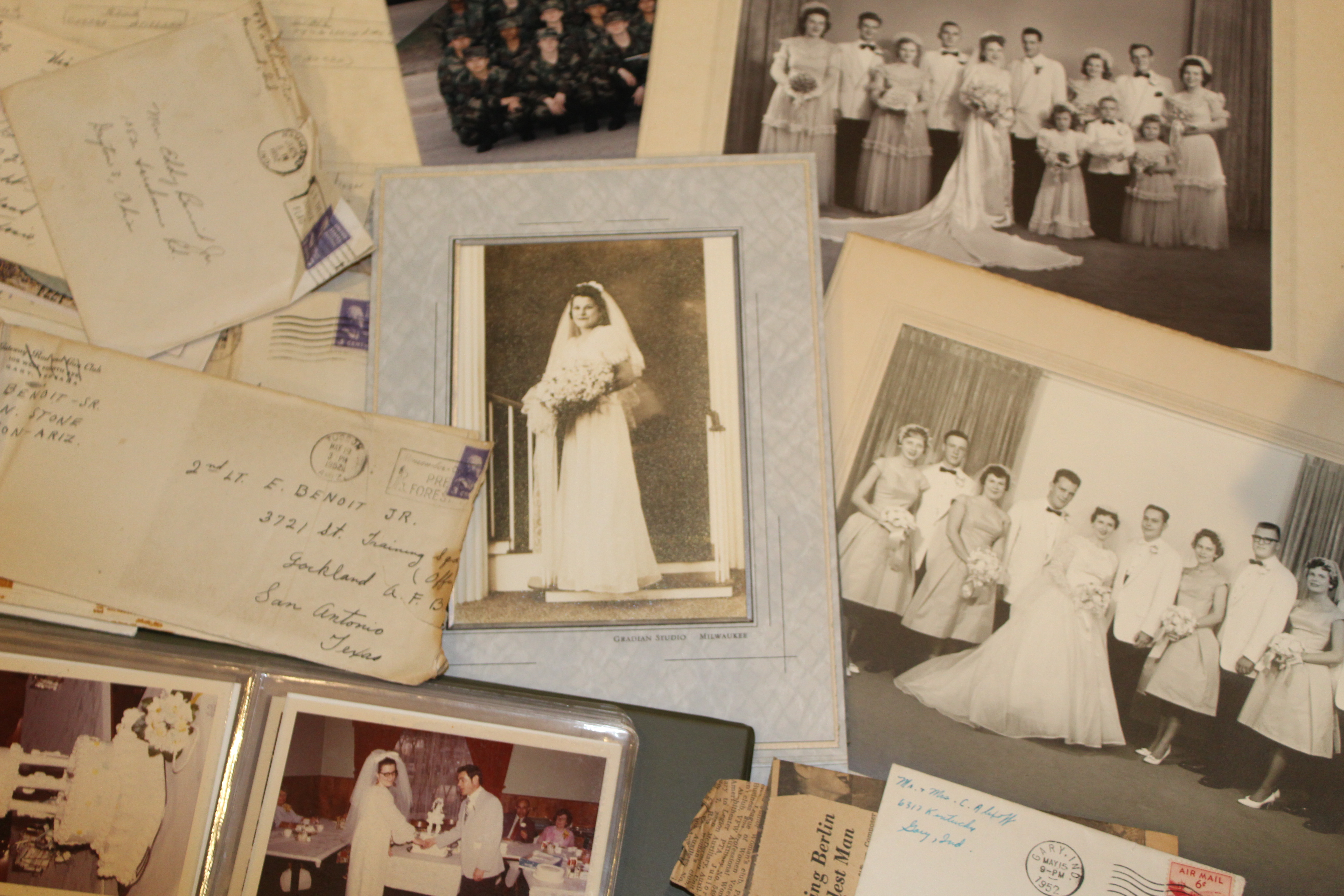
– Photo Credit: Ed Benoit
How do you recommend preserving physical copies of photos or papers?
“The most important thing when approaching paper-based materials and photographs are the temperature and relative humidity that items are being stored in. The materials prefer consistent temperatures in the 65–75-degree range with lower humidity. Of course, after a storm climate control goes out the window. In that case, it is more important to keep items clean and dry to prevent immediate mold growth. Preparation and prevention are key. When at all possible, you should store documents in acid-free folders and boxes prior to a natural disaster. With photographs, avoid (at all costs) sticky albums or gluing things to a page. If you have framed photographs, use a matte between the frame and the photograph to prevent the photo from sticking to the glass.”
What are the kinds of documents you recommend for people to preserve?
“When it comes to personal collections and archives, what people value most varies greatly. In the archival world, we define value in particular ways—and not just monetarily—but something important for one individual or family, may not be as essential for another family. I recommend sitting down and coming up with a list of the objects, documents, photographs and audiovisual materials that are both irreplaceable and hold significant meaning. You can then prioritize the list. What might you take with you during an evacuation? What would you try to place in water-tight containers before evacuating?”
Items you may consider irreplaceable include family heirlooms, important family photographs, military materials, travel journals, audio recordings or interviews with deceased family, video recordings, etc.
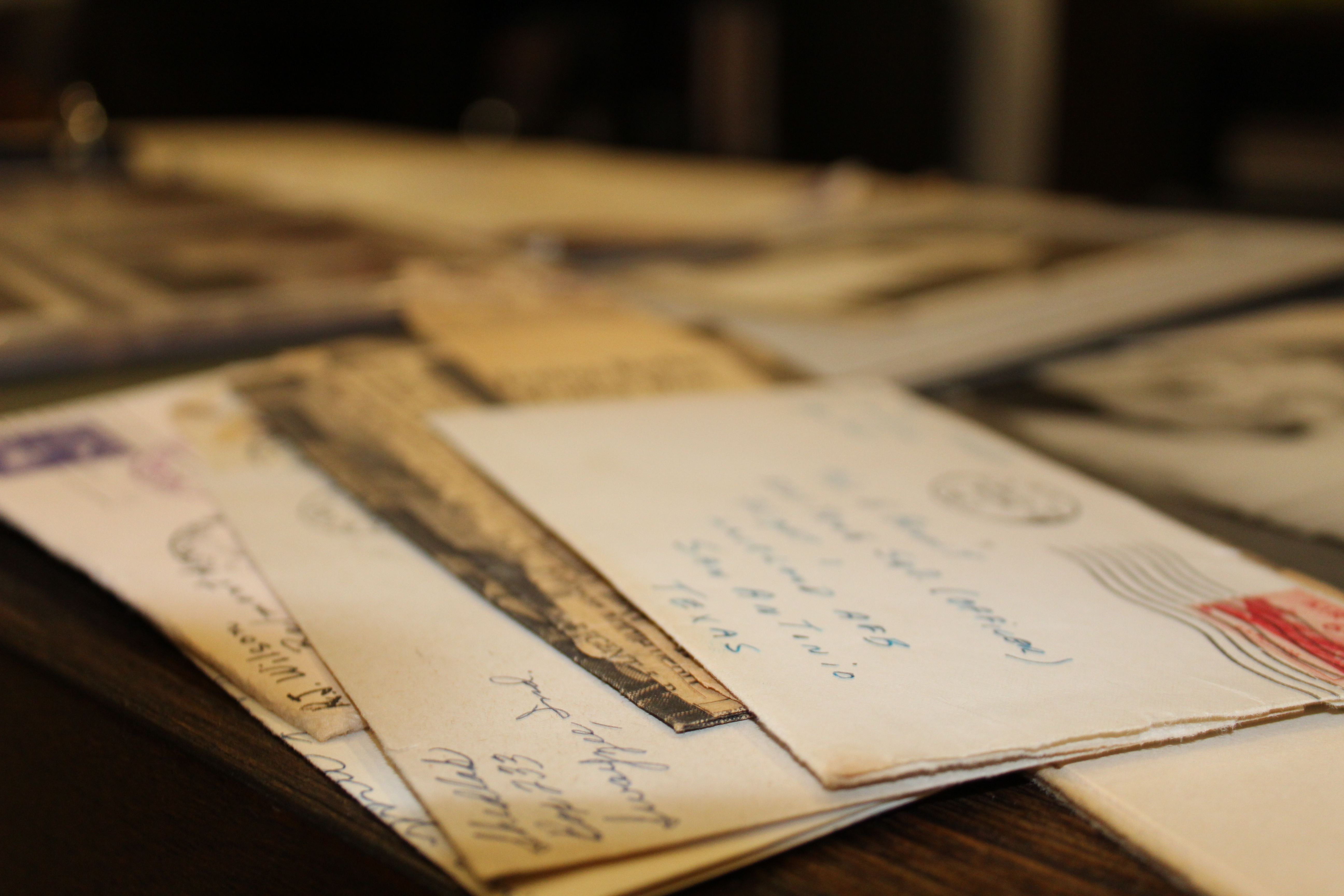
– Photo Credit: Ed Benoit
Do you recommend utilizing digital storage?
“Yes, if it is planned well. With cloud-storage, it is easy to back up digital images, and many people are digitizing their family photographs. If someone decides to do this, be sure to select the platform you are using carefully. You want to make sure that it will serve your needs. If you are only uploading images, then you might consider a photo-only solution—but for most people a more general cloud service is better. If you consider local digital storage, such as an external hard drive, I recommend making duplicate copies and storing them in different physical locations. Finally, do not assume that digitizing an item will replace the original—it will not. Rather, it can make things easier to share and could be used to create a facsimile of the original if needed.”
If you are not tech savvy and need to preserve your copies of pictures by other means, what do you recommend?
“As I noted earlier, you should create a prioritized list. What will you take with you if you evacuate? For the other items, have water-tight containers that you can put things into as you make your final preparations for the hurricane. You can then put the containers as high as possible—in a closet shelf, for example. This will provide some added protection but may not guarantee survival during a storm.”
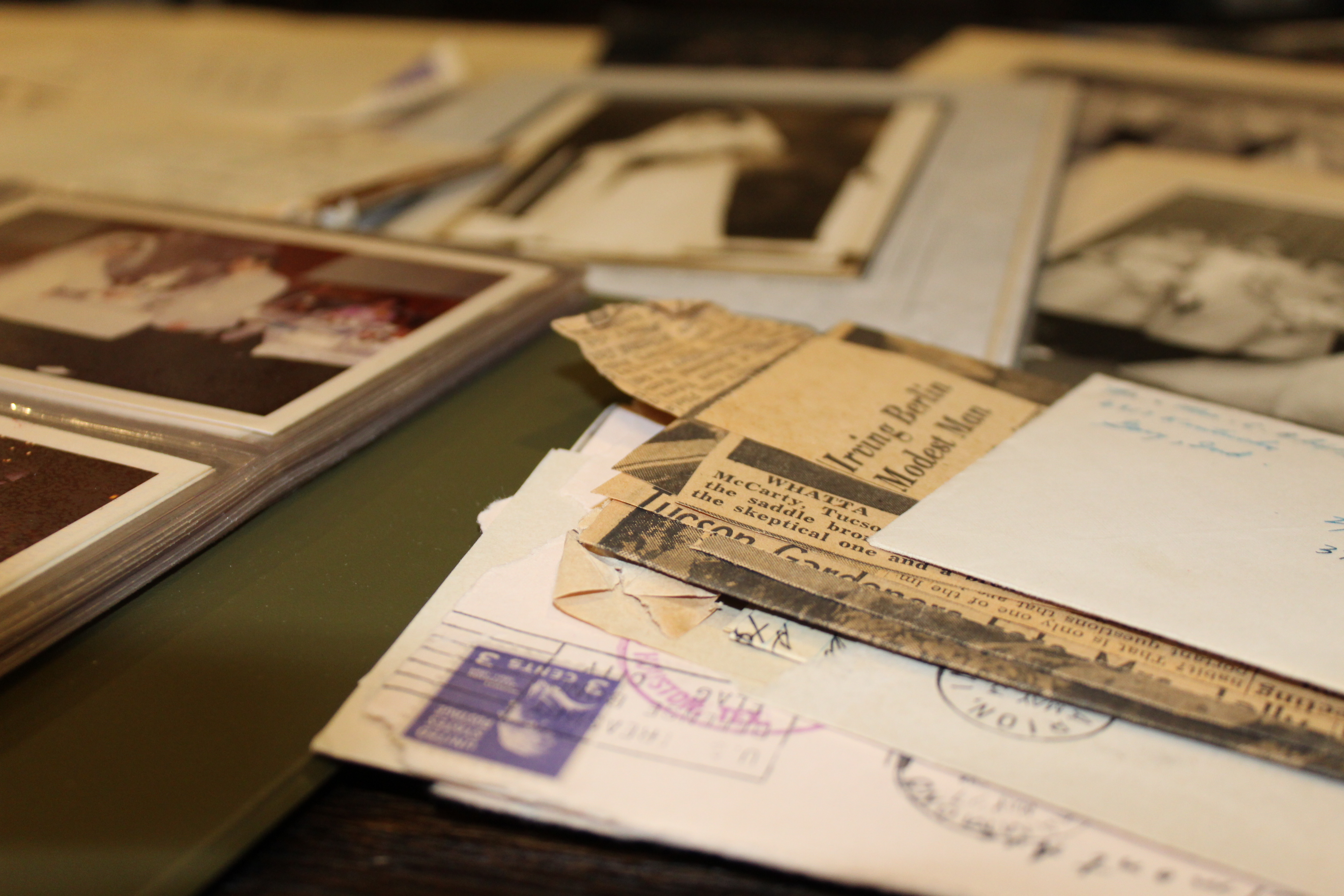
What about videos/cassette tapes/DVDs?
“These are items we refer to as magnetic tape and optical media. Anything you have currently on magnetic tape formats, you should try to have digitized or transferred to another format as soon as possible. Magnetic tape quickly degrades over time and incorrect storage conditions. As most VHS and cassette tapes were made 20+ years ago, the clock is quickly running out on them. There are both online videos on how to digitize these items, or you could consider using one of a variety of professional digitization companies. DVDs and other optical media are better protected but can also suffer data degradation over time. Digitizing these materials can also be beneficial.”
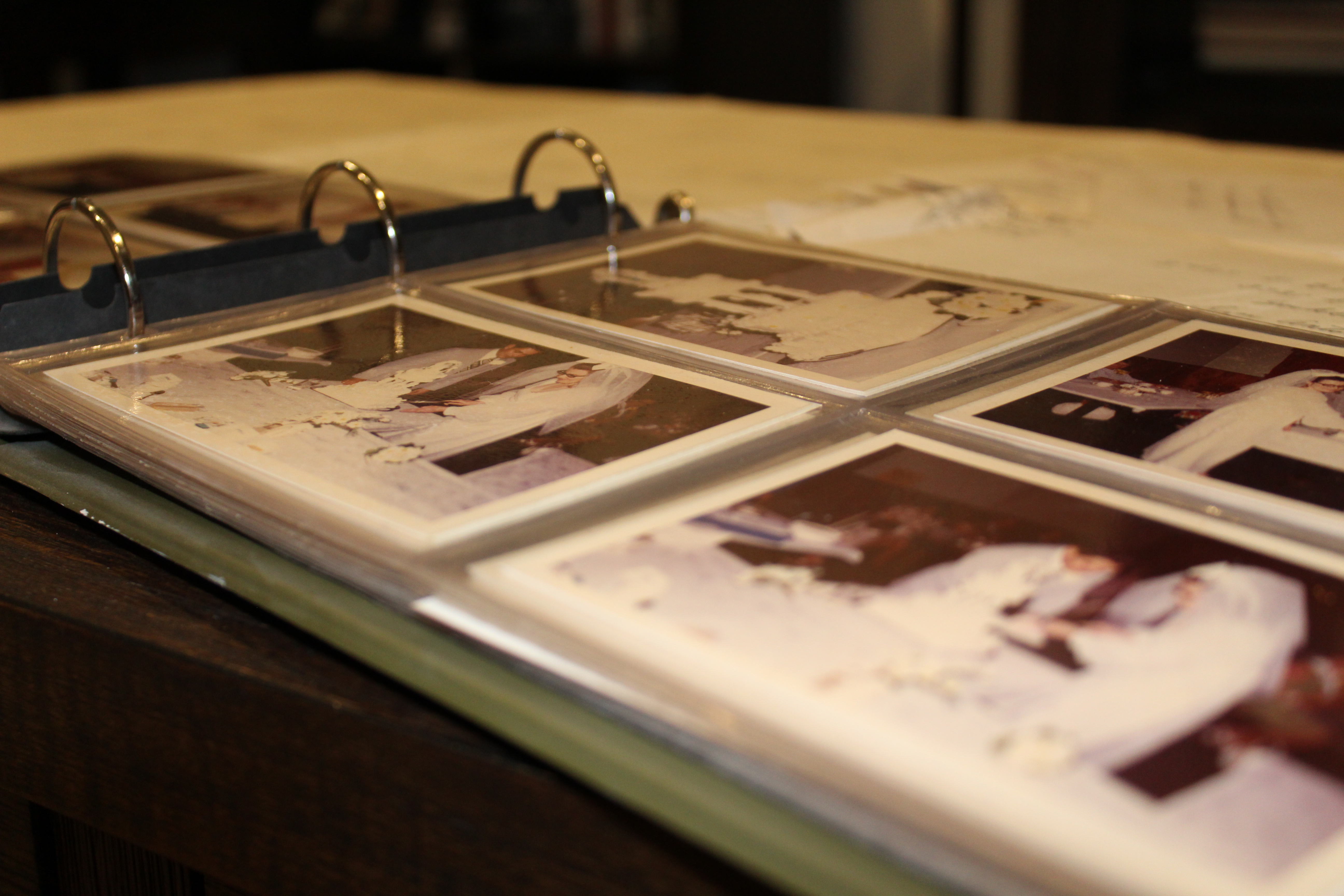
– Photo Credit: Ed Benoit
What kind of damage are you looking at if you don’t protect your precious photos/belongings?
“The largest issue following a hurricane is mold growth. This can quickly ruin photographs and other items and cannot be easily countered. There are ways to clean items that have been underwater, including both documents and photographs, but time is essential following the storm. As the materials spend more time underwater or in sludge, they are more likely to be permanently damaged. Photographs, for example, will lose their emulsion layer and become sticky. Documents will disintegrate. And, as many people know, with enough time, temperature and humidity, mold will wreak havoc.”
Final Thoughts
“The largest hurdle for keeping your family treasures safe during hurricanes and severe weather is that you need to prepare well before the storm. By the time you are thinking about evacuating, it is too late to properly consider what you might want to protect and how. At that point, you mind is racing, and you will inevitably forget something. Just like with everything hurricane related, planning well ahead of time is key.”
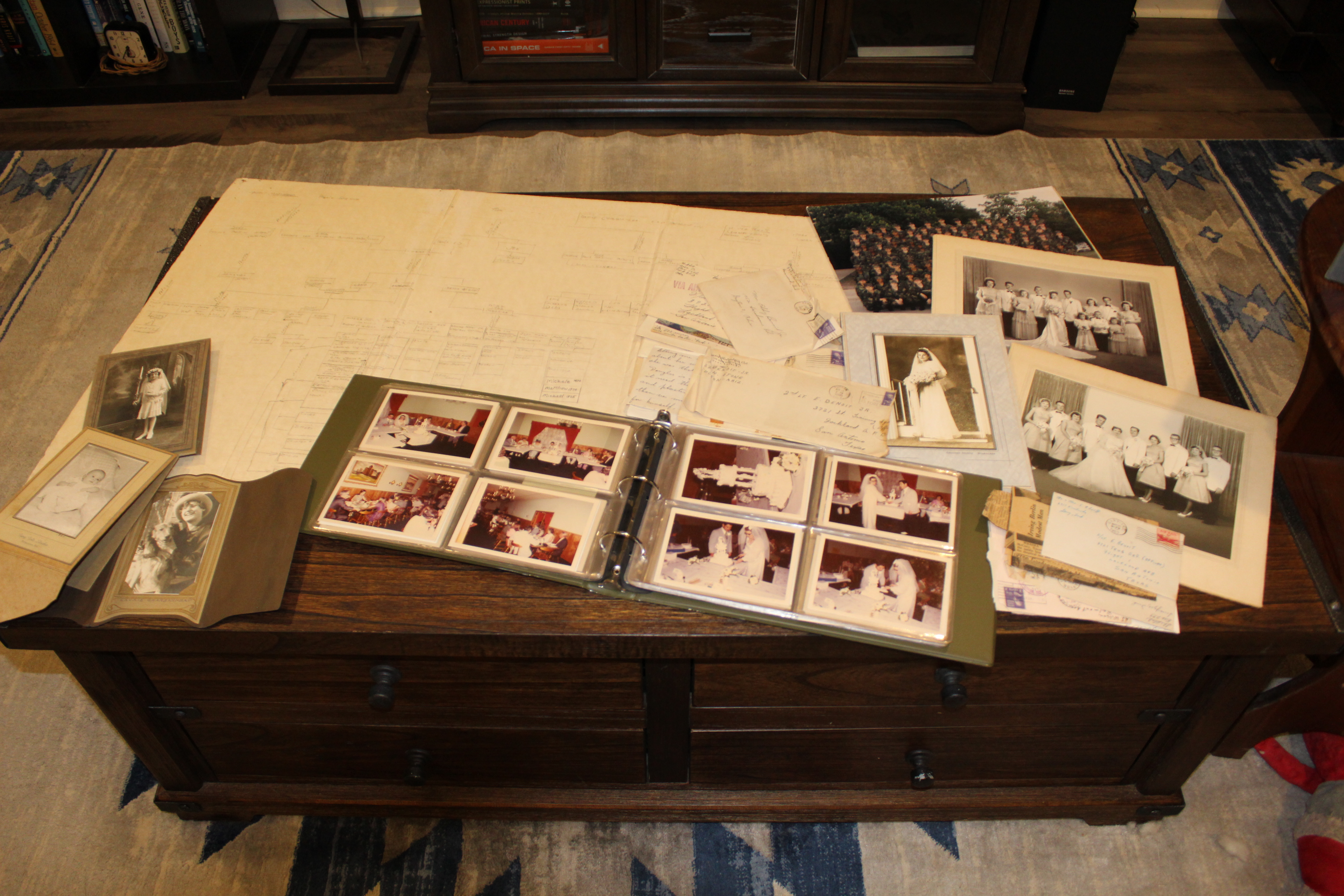
– Photo Credit: Ed Benoit
Free Resources
Northeast Document Conservation Center (NEDCC), Caring for Private and Family Collections.
FEMA fact sheets, "After the Flood: Advice for Salvaging Damaged Family Treasures" and "Salvaging Water-Damaged Family Valuables and Heirlooms."
Select listing from the Society of American Archivists MayDay Annotated Resources:
Caring for Your Family Archives: Presented by the National Archives and Records Administration (NARA) under the tabs Preservation and Archives Professionals, Family Archives. FAQ-style guidelines for the care, display, and conversion of personal archival materials.
Caring for Your Treasures: Presented by the American Institute for Conservation of Historic and Artistic Works (AIC). Contains guidelines, organized by medium (books, glass, metal, photos, etc.), for how to care for and maintain heirloom objects.
Damaged Books Pamphlet: Authored by Caroline Bendix and presented by the British Library Preservation Advisory Centre. Describes the most common types of damage to books and outlines potential remedial work for that damage. Formatted as a PDF; contains illustrations and charts.
Film Damage: Presented by the Association of Moving Image Archivists (AMIA). Contains general guidelines on how to salvage water-damaged film and videotapes, FAQs, and a list of film labs across the country.
Preservation FAQs: Prepared by the Preservation and Conservation Unit at the University of Illinois Urbana-Champaign (UIUC). Responses to frequently asked questions about books and paper, photographs, and artwork.
Find a Conservator
Free. Presented by American Institute for Conservation of Historic and Artistic Works
(AIC). Web-based national search allows for narrow or expanded search based on specialty,
type of material, type of conservation advice needed (eg, surveys, consultation, duplication-copying,
disaster planning, exhibit consultation), and geographic area.


